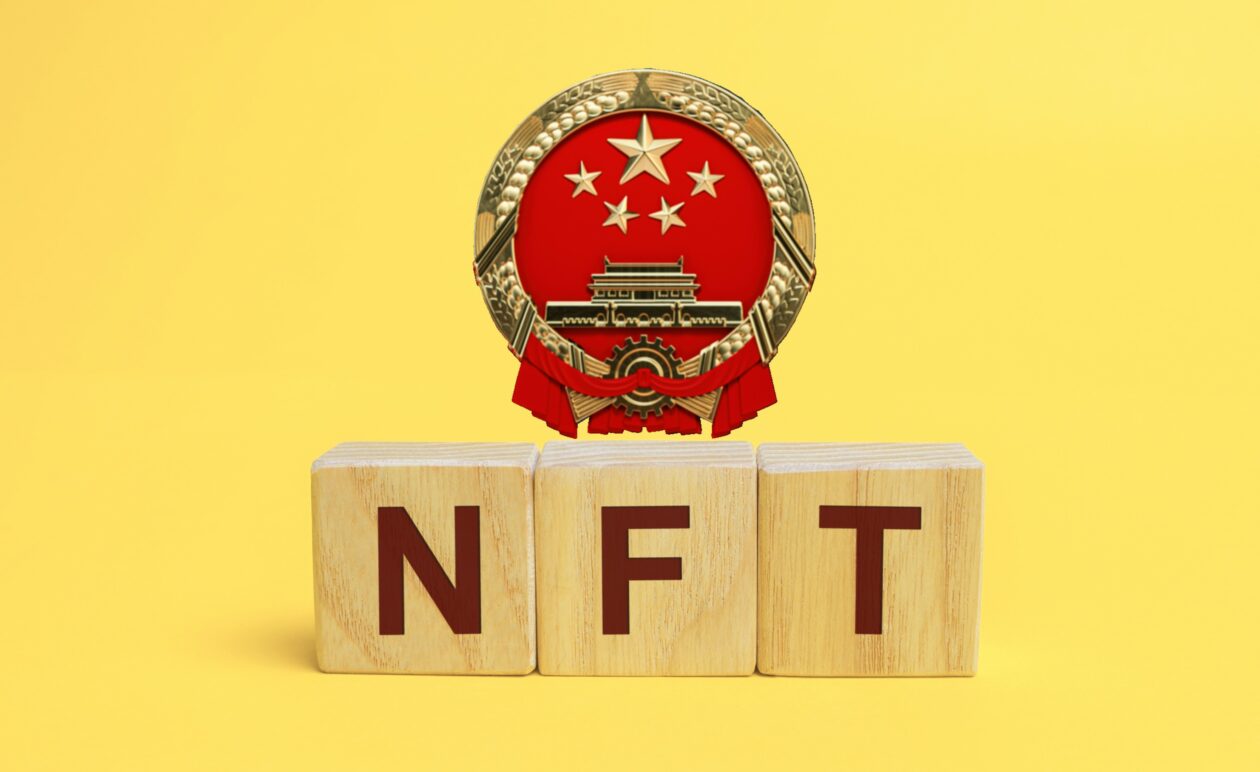Blockchain technology has enabled a digital asset ecosystem that can change how we live, work, play and interact on a global scale. While the digital asset market has unfortunately experienced high-profile collapses of late, it is important to separate volatile price action, process failure and fraud by bad actors from the robust foundation. The underlying distributed ledger technology (DLT) has enormous potential to drive modern innovation in finance.
Considering the promising advancements of blockchain networks and their various applications and projects, here are my top three predictions to watch for in 2023:
- There will be a more overt distinction between investing in blockchain technology infrastructure, cryptocurrencies and Web3.
Currently, cryptocurrency is the most well-known application of blockchains, but the technology‘s capabilities transcend digital currencies. Blockchain technology has evolved from early roots in a simple blockchain network and cryptocurrency to a diverse, ever-growing universe of digital assets. The technology spawned dozens of large blockchains that now power the industry (nearly 1,000 more exist), over 13,000 tokens with various tools and features, decentralized finance (DeFi), more than 4,000 decentralized applications (dApps), the exploration of Web3 and burgeoning metaverses. As more people expand their understanding of distinct ecosystem components, there will be a clearer demarcation between assets that exist solely as a medium of exchange (e.g. Bitcoin) and those that aim to leverage blockchain as a technology for real-world use cases world (e.g., infrastructure, smart contracts, and tokenized physical assets). This knowledge will attract token issuers such as corporations and municipalities, which will usher in investment bankers, brokers/dealers and investors.
- While the size of the market is shrinking during the “cryptowinter,” we will continue to see announcements of traditional financial services companies with plans to enter the blockchain ecosystem.
Since the use of blockchain, much has changed, but the technology’s basic principles of decentralization, transparency and immutability remain constant. Those who recognize the long-term value proposition will expand their blockchain footprint in the new year. The global consumption of blockchain solutions is expected to reach $19 billion in 2024, up from 11.7 billion dollars in 2022. Further according to Bit stamp‘s Crypto Pulse survey80% of institutional investors believe crypto will overtake traditional investment vehicles within a decade. Some institutions are at the forefront – e.g. BNY Mellon announced plans for the industry’s first multi-asset platform that bridges the gap between digital and traditional asset custody. Several institutions that are “long blockchain” will spend the “winter” gathering deep insights about the technology, identifying how it can improve existing processes, exploring opportunities for innovation, and building for an inevitable blockchain-powered future.
- We will see increased regulatory clarity in the US, ultimately paving the way for increased corporate issuance, blockchain adoption and capital allocation.
Although political narratives differ, there is bipartisan recognition that the industry needs a clear regulatory framework. Calls for regulation have been increasing and are at fever pitch after the FTX collapse. The need to protect consumers and hold bad actors accountable is more prominent than ever. Among institutions, the current environment of “regulation by enforcement” has only created a holding pattern to avoid losses or surprise subpoenas for violating unclear rules (consider cases of Ripple and Oooky DAO). Clear and consistent regulation is an essential missing part of the ecosystem puzzle and will be an important catalyst for growth when resolved.
The crypto winter provides an opportunity to return to the basic principles of blockchain. Institutions will reflect on lessons learned from the past year and consider the long game – how the core principles of the technology can transform their business and investment processes. They will analyze and integrate innovative blockchain solutions to mitigate existing challenges, improve efficiency and transparency, and democratize financial services.
Peter Hans is CEO of IR and business development at Arca Investment Management

























